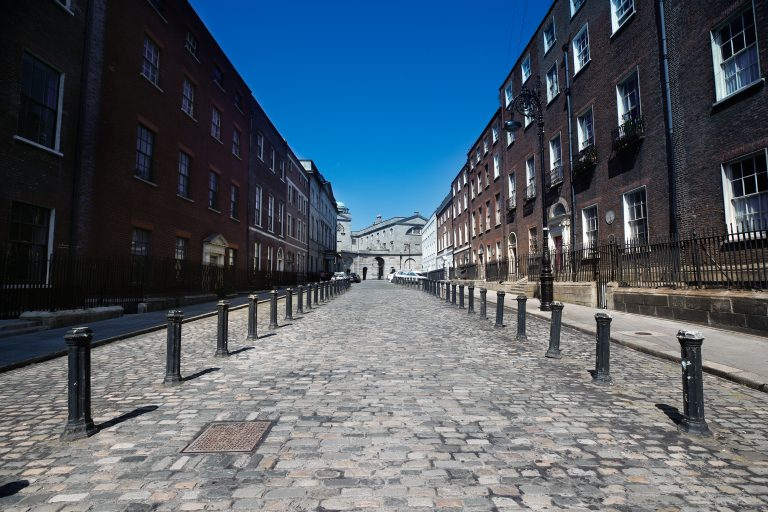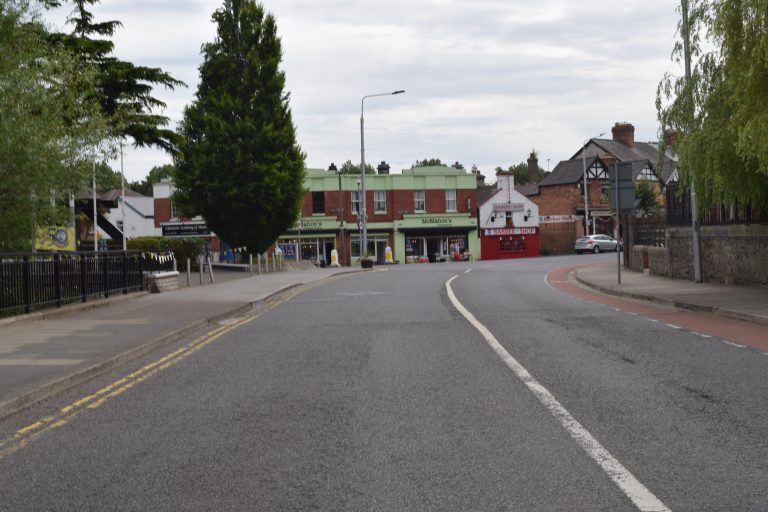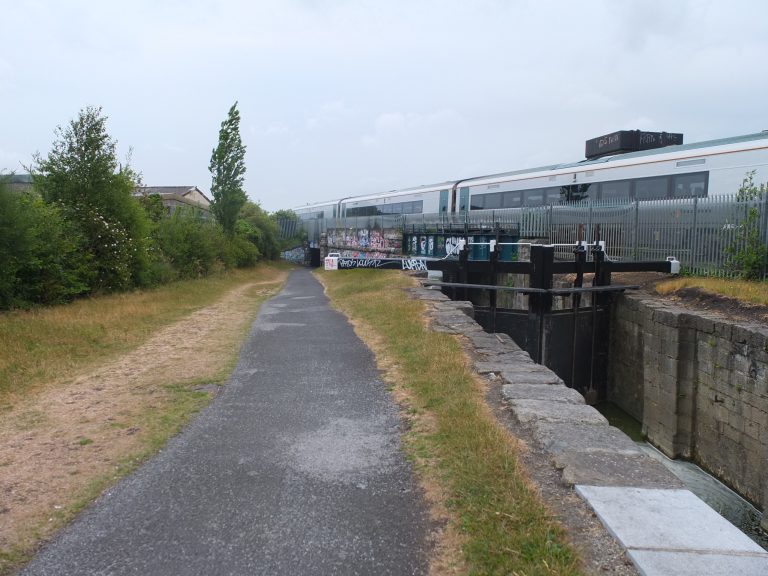Cook Street wall dates from this era and constitutes the most extensive extant segment of the wall. As a rare survivor from the medieval period, it is a highly significant structure as a reminder of the early history of the city. It is an interesting focal point on the street, and the streetscape in the area has been developed to enhance the standing remains. Saint Audoen’s Arch, to the centre of the wall, is the only remaining gateway to the old city.
The settlement really gained strength and prominence under the Norsemen or Vikings who arrived from about 840. The Vikings built a port here in the estuary of the River Liffey and it became their most important trading post in Ireland. In time Norse Dublin gave way to new invaders – the Anglo-Normans – and Dublin became a small city, surrounded by a large wall and included a castle, a cathedral, parish churches and a complex system of local government run by a Corporation and guilds. Today the modern city has far outgrown its medieval origins, but there are still vestiges of the past there to uncover.




